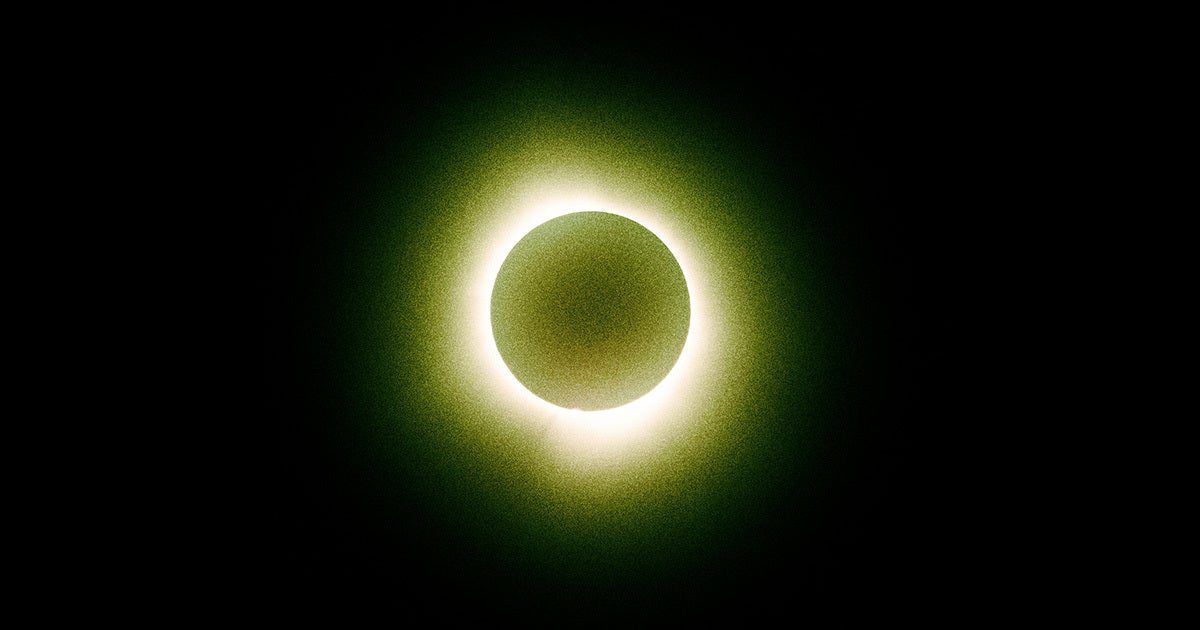
Astronomers have identified an intriguing exoplanet located relatively nearby, situated in the habitable zone of its star. This region is characterized by temperatures that may allow liquid water to exist on the planet’s surface.
According to a recent study published in the journal Astronomy & Astrophysics, this planet, designated HD 20794 d, is believed to be a super-Earth, boasting a mass approximately six times greater than that of our planet. It orbits a star similar to our Sun and is positioned just twenty light-years away, making it one of the closest potentially habitable exoplanets known to astronomers.
While many questions about this exoplanet remain unanswered, there is potential for it to support life.
“It was a remarkable joy for me to confirm the existence of this planet,” stated Michael Cretignier, an astrophysicist from Oxford University, in a recent statement about the discovery. “It was also a relief, as the initial signal was near the limits of our detection capabilities, making it difficult to ascertain its authenticity.”
Due to its proximity, Cretignier noted, there are prospects for future space missions to capture images of this intriguing world.
The initial indications of exoplanets in this star system were recorded in 2011, but sufficient data was scarce at the time. It wasn’t until 2022 that Cretignier and his colleagues observed a significant “wobble” in the light spectrum emitted by the host star.
Astronomers often identify exoplanets by examining gravitational influences. As a star’s gravity affects a planet, the planet’s gravity similarly impacts the star, causing it to wobble from its expected position. This wobble leads to slight shifts in the star’s light color, which can be detected by astronomers.
To confirm their findings, the research team meticulously analyzed decades of data, utilizing imaging techniques from the exoplanet-detecting ESPRESSO instrument located at the Very Large Telescope in Chile.
“We spent years analyzing the data, carefully investigating and ruling out any potential sources of error,” Cretignier explained.
The star orbited by this planet, known as 82 G. Eridani, is a yellow dwarf similar to our Sun, possessing about 80 percent of its mass. However, it is older and slightly dimmer than our solar neighbor.
Although these findings are promising, some details about HD 20794 d remain uncertain. Unlike Earth’s circular orbit, this planet has an elliptical trajectory, resulting in significant variations in its distance from the star. Such fluctuations could lead to extreme temperature changes on its surface, potentially causing water to freeze at its farthest point from the star.
There’s even a possibility that HD 20794 d might not actually be a super-Earth as initially thought, but rather a mini-Neptune—a smaller, icy planet comparable to those in our own solar system. Nevertheless, astronomers agree that this fascinating celestial neighbor warrants further investigation.
“Given its position within the habitable zone and its relatively close location to Earth, this exoplanet could be crucial for future missions aimed at analyzing planetary atmospheres to search for potential biosignatures,” Cretignier concluded.
Discover more about astronomy: Unusual Signal Detected from Dead Galaxy, Scientists Report









